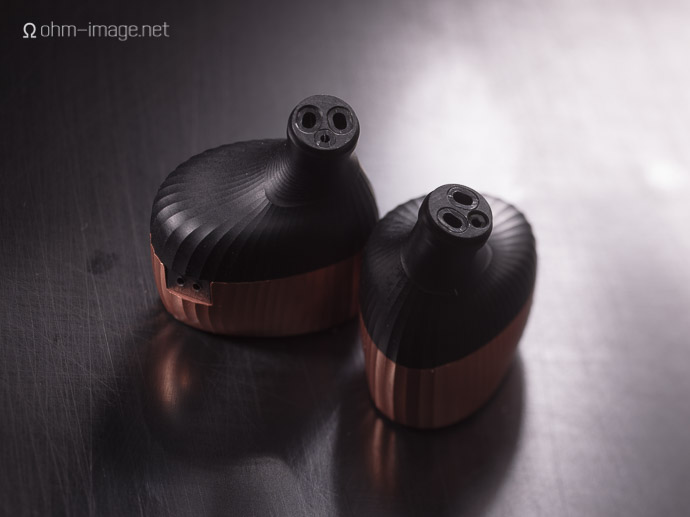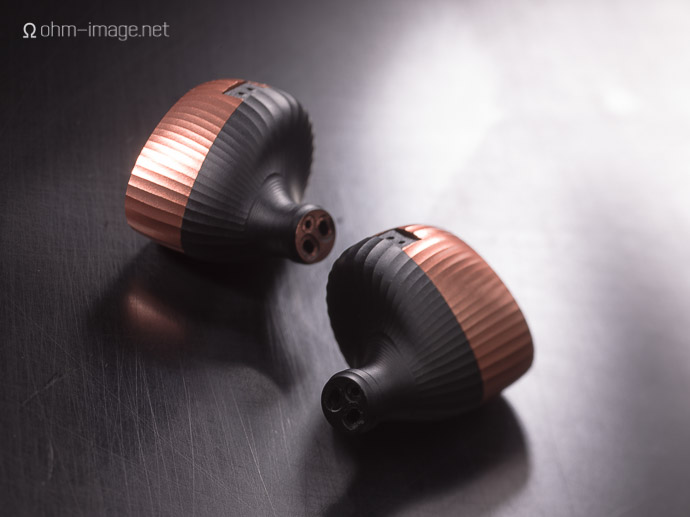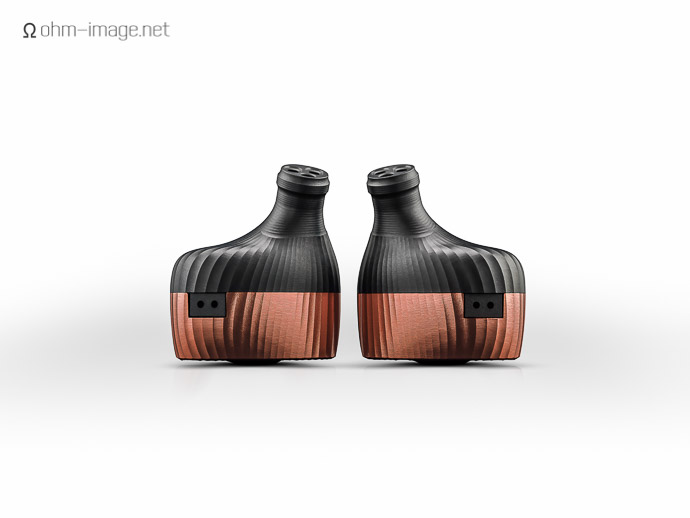Disclaimer: The Rose Gold K10U in this article belongs to Noble Audio. It, along with Noble Audio’s latest universal earphones, are in office for the purposes of an advertising shoot. Because Noble Audio are a client of mine, I must politely decline to review their products. But as an owner of a custom K10 (reviewed prior to landing Noble Audio as a client), I’d like to talk about the differences I perceive between them.
Relevant links:
Nuforce Primo 8: Boundless Mids
Noble Audio K10 – The Spaces Between
Review: Ocharaku Flat4-Sakura Plus – Atmospheric
Review: Linum SuperBaX
Years ago, and with great excitement, I hailed MMCX cables and connectors a godsend. They twist. They snap into place. They’re hard to bend. But years later, I’ve settled down, and with good reason. Precisely because they twist, at minimum, memory wire-laden MMCX cables require good neck cinches to keep them flat against the head. Full security requires torsional locks (Nuforce Primo 8). MMCX’s weaknesses necessitate over-engineering.

Which may be why Noble Audio stuck with the gold ol’ two-pin coaxial. You can probably guess the cable permanently fixed to my K10C. I rave about it all the time. Linum’s stuff is so damn comfy. And thanks to new low resistance cables, ultimate comfort and fidelity can be had in one cable. Super Bax it is for me. Of course, by dint of its looser, universal fit, the K10U is another animal. It’s light for its size, but nothing is light enough for Linum cables. But it plugs laterally into the ear, wholly securing its toe in the ear canal rather nestling into the meatus or the tragus. For this reason, I find ear hooks or pliable memory wire best secure it in the ear. Linum it is for the K10C; Linum it is not for the K10U.
Wizard custom designs are wild, often gorgeous, and equally often artistic. What strikes me about the K10U is its machine work. Because I have to shoot at magnifications of 1:1 or thereabouts, I see earphones up close and personal. The K10U’s fluted chassis match topography for topography. The juxtaposition of shiny gold with matte black is stunning. The matte black picks up ear wax and skin grease, both of which wipe cleanly away from the gold. There are artistic metal earphones out there as tough, but probably not one whose tiny details are as well lined up. Considering its curves, it’s no mean feat. It’s got Minority Report lines.

My ear canals are tight, and the K10U stuffs them up pretty well, which is one strike against it versus the K10C. And, since I use Comply tips, there are a few overlaps between the K10U and K10C. The custom version more gently goes from lows to mids and Comply K10U. Ortofon tips are another nice option, but if your canals are like mine, the won’t keep the K10U in as secure.
The K10C’s acrylic-to-the-tip body vis-a-vis the K10U’s aluminium must describe other audio differences. I’m not sure my ears are good enough to go into detail. Comply tips probably best describe the slightly throbbier bass I get via the K10U, and the greater low-frequency stage depth I get through the K10C. And, unless immediate-switch audio memory fails me, the same can be said of a sudden spike of high-frequency energy. I find the K10U drier. Extant though they are, the differences aren’t great. I can imagine Mr. Yamagishi essaying at length about sound tube length, insertion angles and depth, and tip selection. He’d probably end the conversation with a tidy graph, and a cup of tea.
Continued on next page, after the click:
